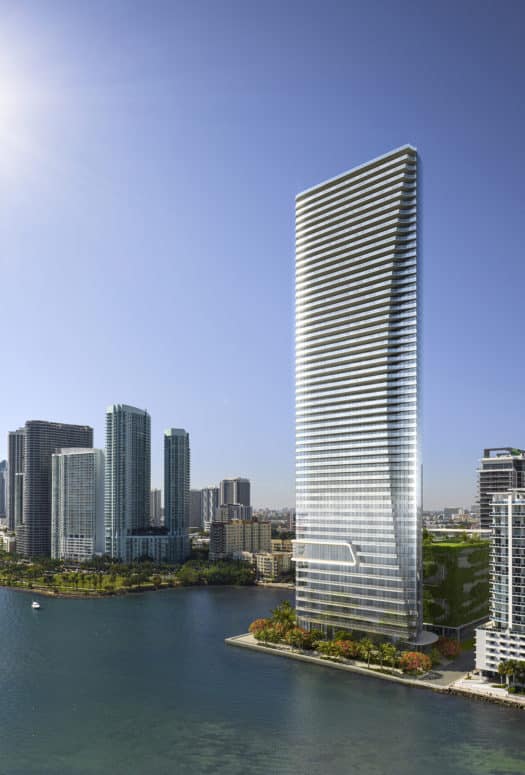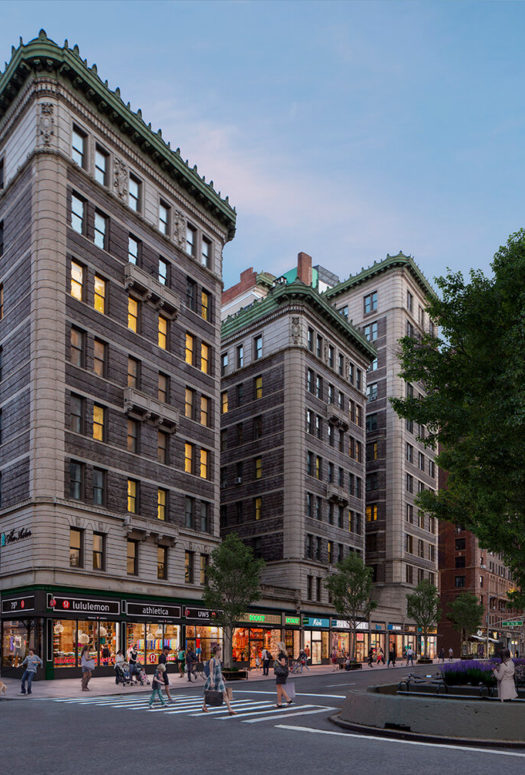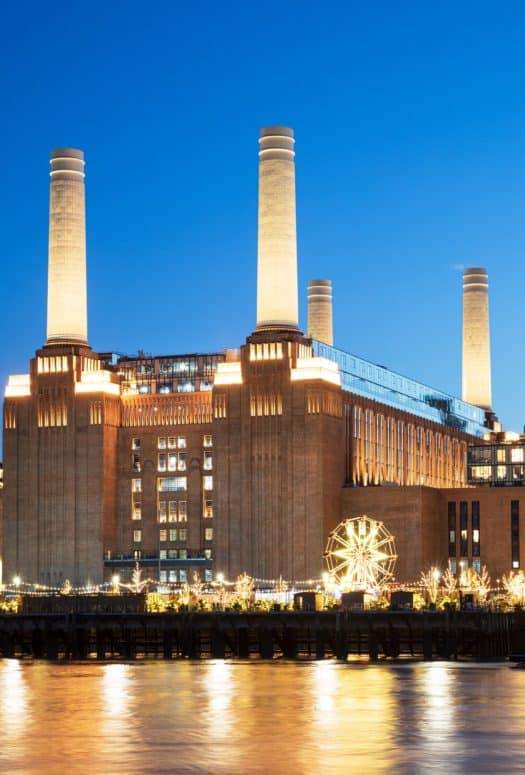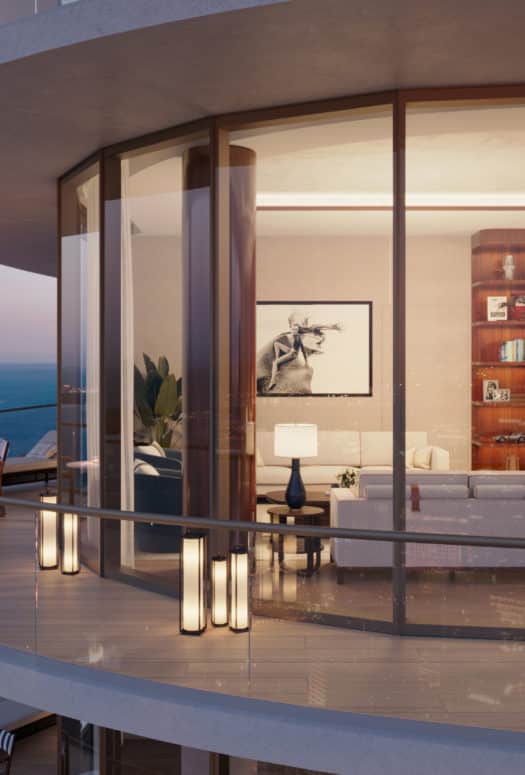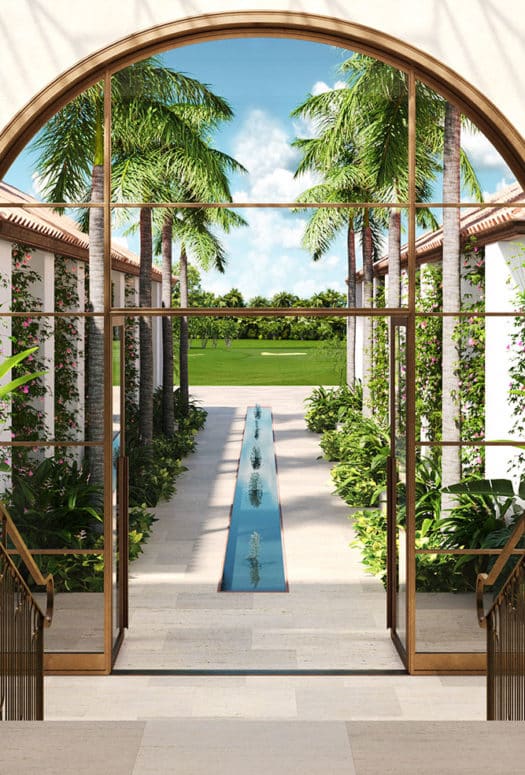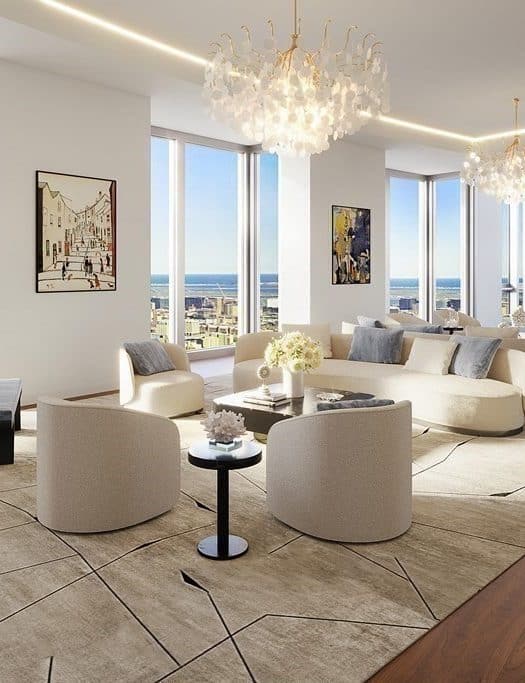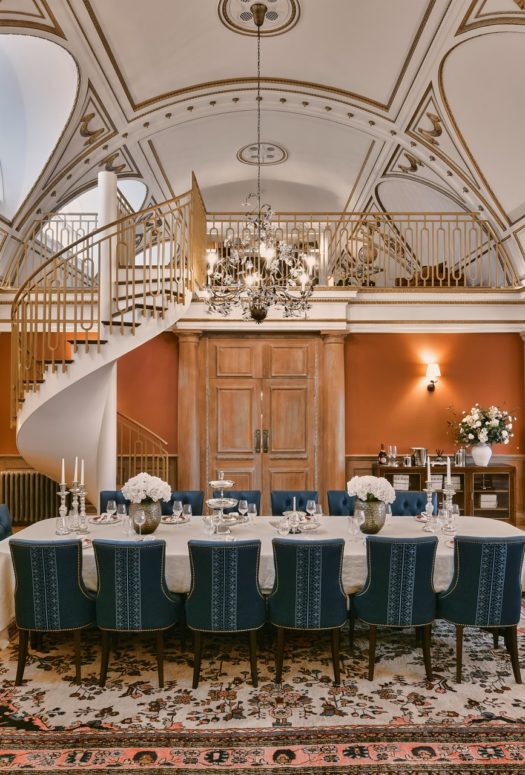Homeowners Seek New High-Tech Solutions
By: LX Collection
In Oakville, Ontario, an affluent suburb of Toronto, developer Zamani Homes just debuted new homes with an unusual amenity in an expanded entryway: a high-tech closet that uses ultraviolet light to disinfect outdoor clothing. At the 2000 Ocean condominium in Hallandale Beach, Florida, the ventilation system utilizes high-tech HEPA air filters and is wired with UV lights for additional germ-killing efficiency. These are telling and contemporary applications of smart home technology; what once seemed futuristic and slightly superfluous is now in demand as residential design recalibrates itself to a new pandemic-aware reality.
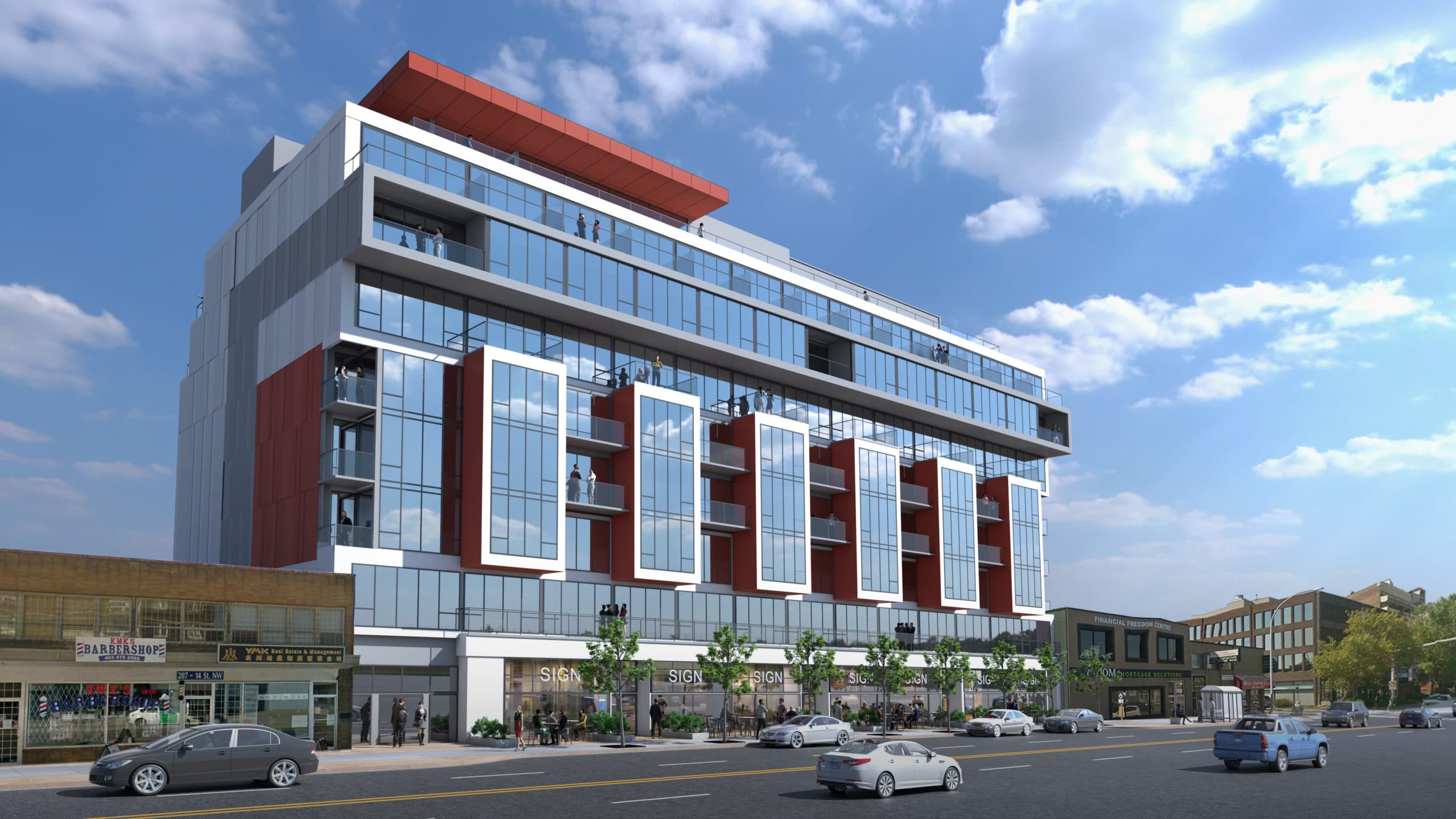 Photo Credit: SOLA Calgary
Photo Credit: SOLA Calgary
Homes have already become high-tech hubs, filled with state-of-the-art home theater and entertainment centers, smart home portals such as Alexa and Google Nest, and even Wi-Fi-connected cameras, doorbells, and lights that help us monitor and organize our lives. (The units in the SOLA condo project in Calgary are all Alexa-enabled.) But as the events of 2020 have made us more appreciative and critical of home—and more desiring of privacy, wellness, and convenience in our living spaces—tech is being recast to serve new purposes. Just as the pandemics of the past radically changed home design, especially in kitchens and bathrooms, COVID-19 has led to a shift in present-day interior design, particularly when it comes to home technology.
While total purchases of smart home devices hit a temporary speed bump during the pandemic—consumer intelligence firm ABI Research predicts smart home revenue will hit $85 billion in 2020, a healthy 4% increase over the last year but well below the 21% growth predicted before COVID—more significant is the change in what homeowners want out of their home tech.
“The pandemic is a double-edged sword for the smart home industry,” says Jonathan Collins, Smart Home Research Director at ABI Research. “While the immediate impact may be negative, many of the long-term and structural changes to consumer lives initiated in 2020 will have a lasting positive impact that will help to drive adoption in many areas of the smart home space.”
A Realtor.com survey conducted this winter found the pandemic has already accelerated interest in smart home solutions; 25% of consumers are more interested in such devices after a year of lockdowns and stay-at-home orders, and 41% have already purchased a new device. The results show many “are leveraging smart home technologies to enhance their quality of life, even more so now that most of us re-shaped our homes into live, work, learn and play spaces,” said Realtor.com’s Senior Economist, George Ratiu.
The long-term behavioral shifts predicted to linger past the pandemic, including an increased demand for health- and wellness-oriented living spaces, a rise in working from home, and a sustained surge in ecommerce, suggest that new types of smart home technology are no longer nice extras but necessities. Contactless delivery lockers, more and better home camera systems, tech for energy conservation, and home health monitoring devices, among many other types of technology, will play a big role in how consumers spend their time living, working, and playing at home. Recent or upcoming developments, such as Innovator Village in Philadelphia and The Coloradan in Cherry Creek, Colorado, feature such high-end tech amenities.
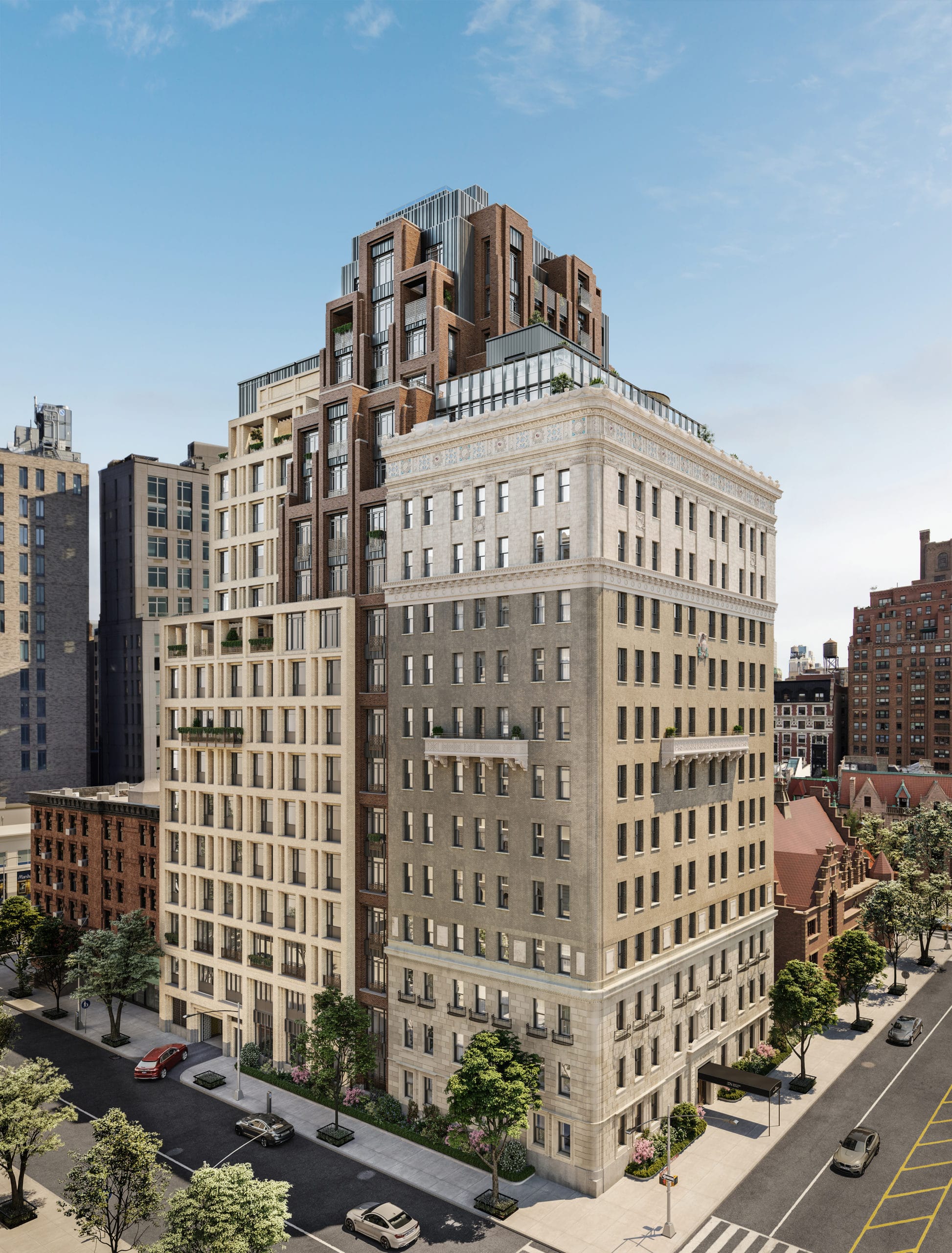 Photo Credit: Williams NY
Photo Credit: Williams NY
Analysts expect more of a transition toward devices that limit surface contact, both within the home and for workers making deliveries or performing services. (378 West End Avenue, a condominium development in Manhattan, offers an array of touchless features.) That means a boost in voice-activated lighting and smart appliances (and connections to in-car tech to allow for remote control), new camera systems, and technology to facilitate more efficient deliveries, especially in response to spikes in package theft during the last year. Tech options include the Yale Smart Delivery Box, an exterior smart locker, and the BoxLock, a smart padlock that carriers use to scan package labels to unlock a box for safe storage.
Wellness may be the most lasting shift coming from 2020. Buyers have shown more interest in smart air filters and indoor air quality monitors, as well as investments in tools to improve outdoor recreation spaces.
Numerous smart home tech solutions also exist to improve the life of a remote worker. Cameras allow parents to observe children from the home office. Smart blinds and windows enable automatic shading to create a more comfortable workspace.
While there haven’t been new breakthrough technologies that have taken hold due to the pandemic, the shift in consumer behavior will be a powerful force reshaping the market. Homes, especially in urban areas, have suddenly been asked to do and be so much more when it comes to recreation, education, and work. Technology that helps spaces become more flexible will continue to be in high demand.


